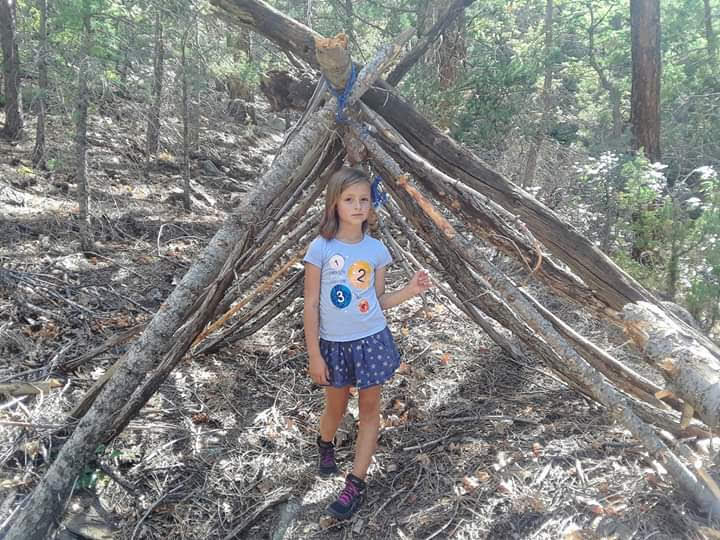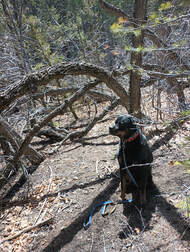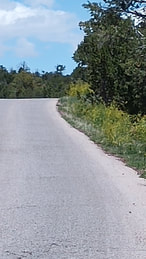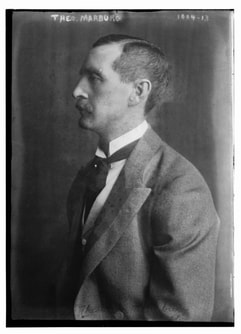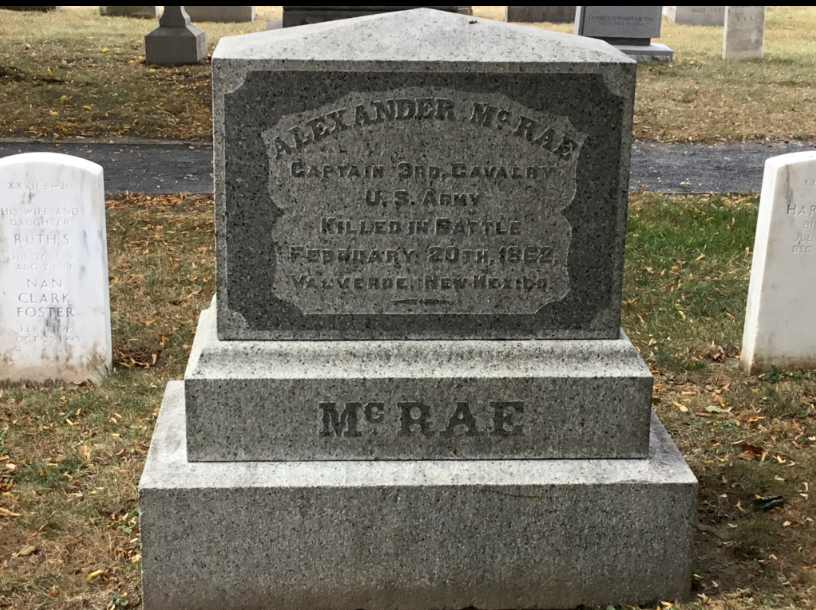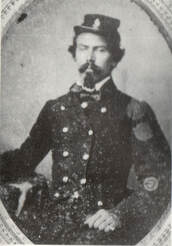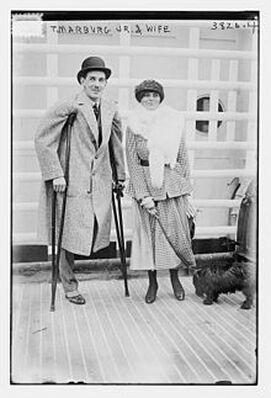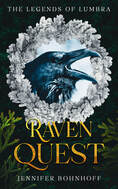
Another source of inspiration for me was, believe it or not, social media. I know what you're thinking: writers use social media to procrastinate and avoid writing. And that's sometimes (ok, I admit it. OFTEN) the case. If you edited the chart below so that the purple area said "Facebook" instead of Netflix, you'd have







